Information Technology Reference
In-Depth Information
we may now drop the second index in the labeling of elements
e
pi
and
e
pj
,
for
e
p
and
e
q
suffices to identify each element, since
p
and
q
define the locus
of its position.
Again we wish to express the action exerted by element
e
p
to element
e
q
.
To this end we define an “action function”
K
(
p
,
q
) which specifies for each
pair [
e
p
,
e
q
] the fraction of activity in
e
p
that is transmitted to
e
q
. Of course,
this action function may again be represented by an action matrix
K
m
.
However, with our knowledge of the position of each element in both layers
we may be able to associate the transmitted amount of activity with certain
geometrical relationships which exist between elements of the two layers.
In other words, the
m
2
entries
k
pq
in the action matrix
K
m
may be all con-
sidered to be functions of the loci of the elements with which these entries
are associated:
(
)
(82)
kkxyzuvw
pq
=
,,; ,, .
pq
The assumed dependency of the transmitted activity on geometrical
relationships justifies the term action
function
. On the other hand, this is
precisely the kind of relationship which is alluded to, if reference is made,
say, to “cortical organization” or “organization of neural interaction”. It is,
to a certain extent, the genetic program that produces anatomical—read
“geometrical”—constraints which prohibit, within certain limits, arbitrary
developments of conceivable structures. The noteworthy feature of eq.
(82) is that it links activity with geometry, in other words, function with
structure.
Written out explicitly in terms of stimulus and response, the action
function appears under the triple sum taken over all elements in the trans-
mission layer
L
p
:
Â
Â
Â
(
)
=
(
) (
)
(83)
r
u v w
,,
K xyz uvw
,
s
xyz
.
x
y
z
A discussion of the general properties of
K
(
p
,
q
) goes beyond the scope
of this article (In-selberg and Von Foerster, 1962; Von Foerster, 1962; Taylor,
1962). However, there is no need to go to extremes if the simple assump-
tions about prevailing geometry will suffice to show the significance of these
concepts. Consequently, we are going to introduce further geometrical
constraints.
Periodicity in structure is, as was suggested earlier, a ubiquitous feature
in organic nets. We define a periodic action function with orders
x
o
,
y
o
,
z
o
to be an action function which is invariant to translations of whole multi-
ples of these periods:
(
)
=
(
)
K x
+
ix
;
y
+
jy
;
z
+
kz
;
u
+
ix
;
v
+
jx
;
w
+
kz
K xyz uvw
,
.
o
o
o
o
o
o
ijk
, ,
=±±
012
,
,
,... .
(84)







Search WWH ::

Custom Search